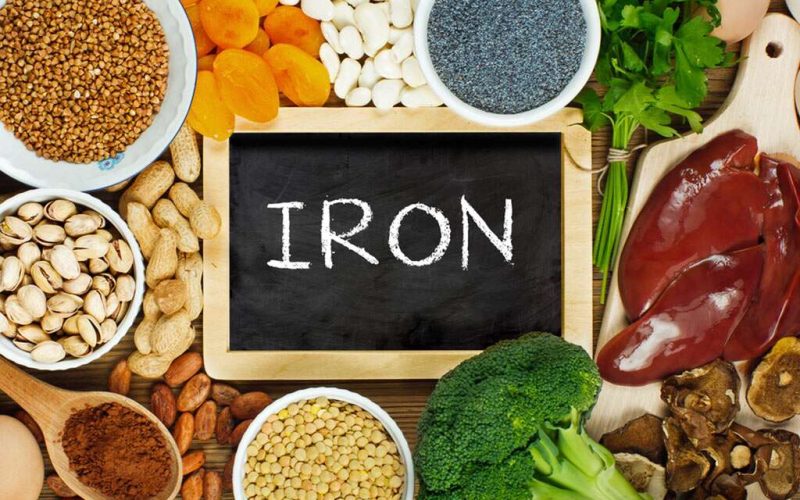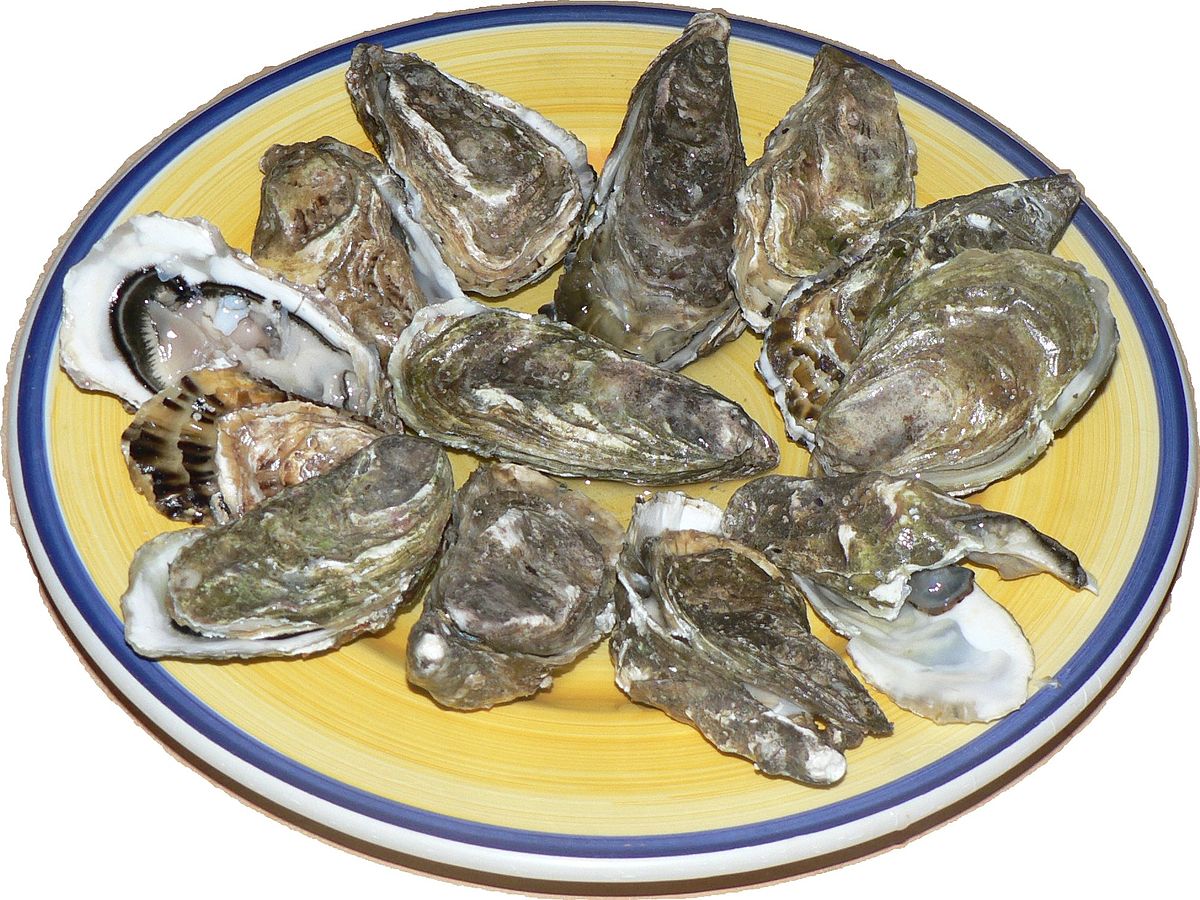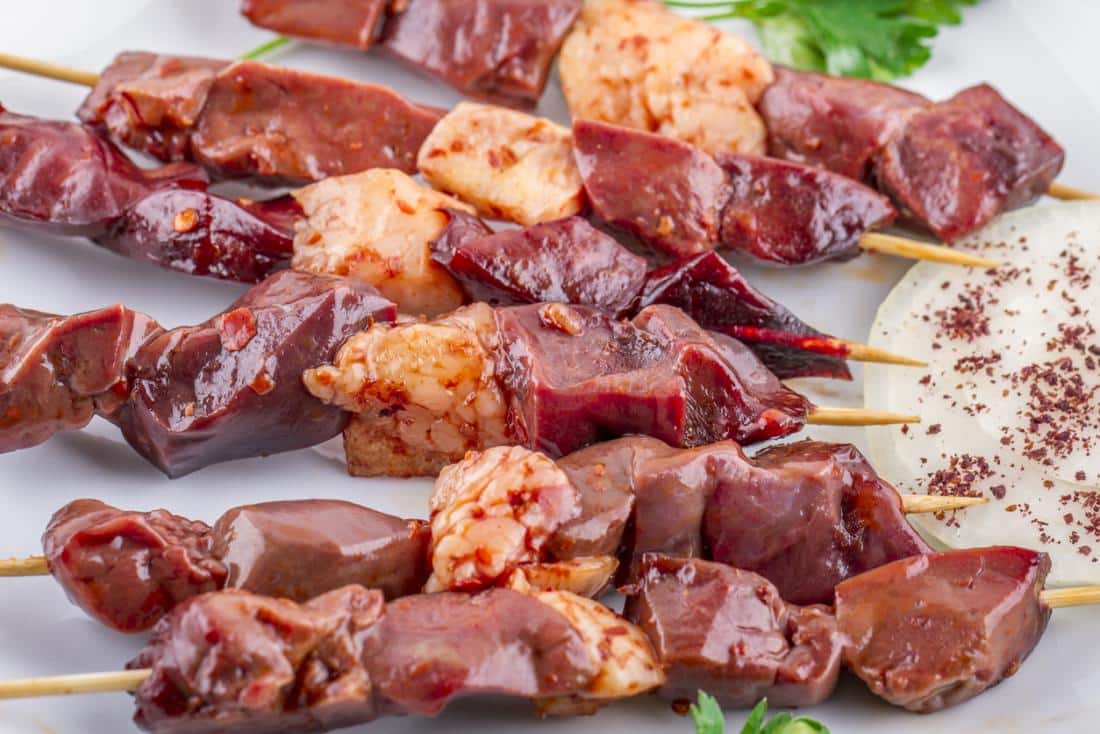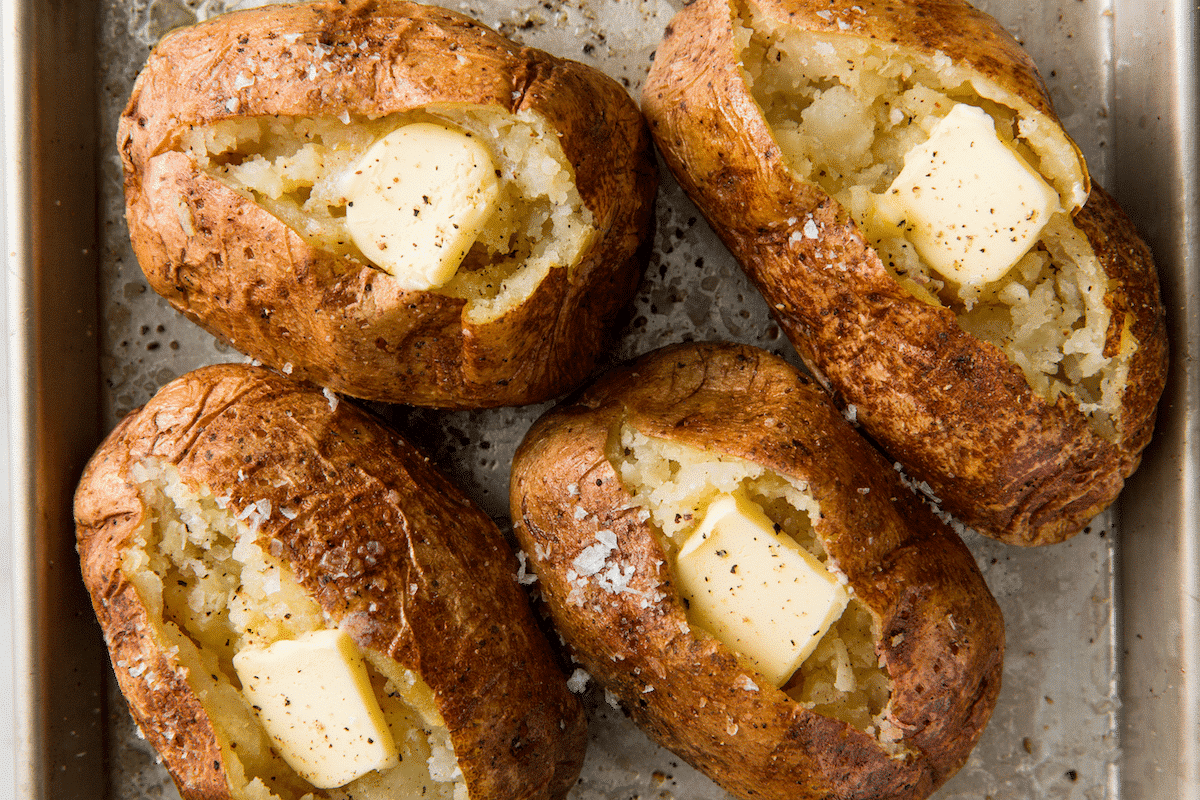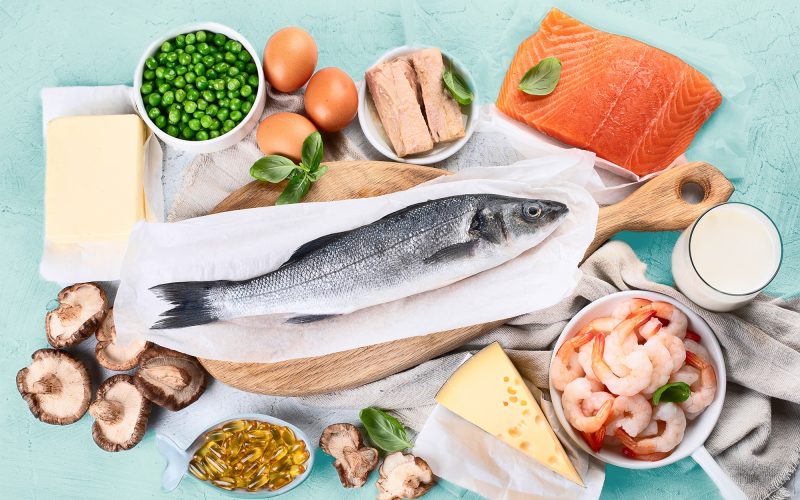Iron is a mineral that is found in every cell of the body. It is an essential mineral because it is responsible for the production of the oxygen-carrying proteins, hemoglobin, and myoglobin. The former is found in red blood cells while the latter is found in muscles
A deficiency in iron can occur if your body doesn’t replenish the same amount of iron it loses daily, which can lead to fatigue and anemia, amongst others.
The required daily value of iron is 18mg, but it is recommended that men and postmenopausal women consume 10mg/day.
Also, during the period of childbearing, women are required to take between 15 and 18 milligrams of iron daily to make up for the ones lost during menstrual bleeding.
Sources of Iron
Iron can be gotten from dietary sources like meat and certain crops, so eating a variety of healthy iron-rich food is essential.
Vitamin C enhances iron absorption, so you may want to consider consuming iron-rich foods alongside a good source of vitamin C, such as citrus fruits, to help replenish your body’s iron reserve.
Fortunately, there are a host of good food choices to meet your daily iron needs. Here is a list of 15 iron food sources you can incorporate into your diet plan.
Shellfish
Shellfish are highly nutritious and tasty. Clams and oysters are particularly high sources of iron. A study from the food data central shows that a 3.5ounce serving of clams may contain up to 3mg of iron, which constitutes 17% of the recommended daily value.
Shellfish is an excellent source of heme iron, a type of iron that is found in animal products, and it’s easily absorbable than the non-heme iron found in plants.
A 3.5 ounce serving of clams also gives 26grams of protein, which is 24% of the daily value and 4,125% of the daily value for vitamin B12.
Shellfish have been shown to be highly nutritious and increase the levels of heart-healthy HDL2 cholesterol in the blood.
So when next you visit your favorite seafood restaurant, be sure to get some clams and oysters.
Spinach
Spinach is also a valuable source of iron; it provides lots of health benefits and has a reputation for its rich vitamin A content.
A study has shown that a 3.5 ounce of raw spinach provides 2.7mg of iron to the body, which is said to be 15% of the required daily intake per serving.
Spinach also contains important antioxidants known as carotenoids, which may help in the reduction of cancer, inflammation and also fight against eye diseases.
Spinach is an example of non-heme iron-rich food, which usually takes longer to absorb. The consumption of spinach alongside other leafy greens and healthy fats such as olive oil can make for easy absorption of the carotenoids.
Tofu
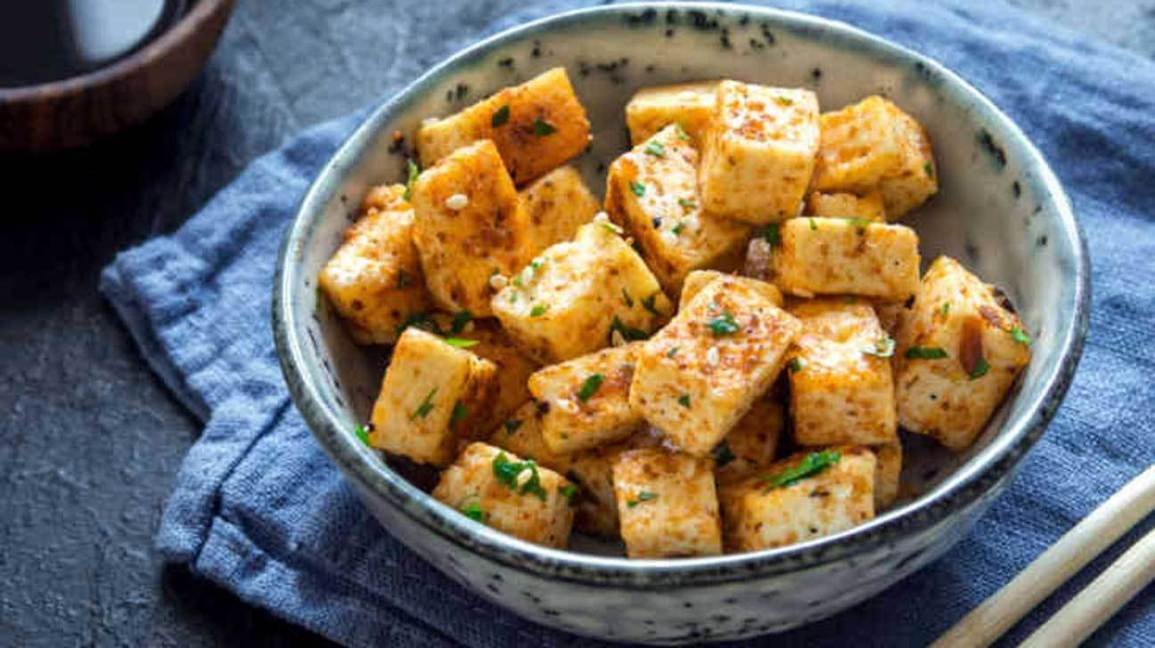
Tofu is an essential source of iron, especially to those on a vegetarian diet. It contains a number of other minerals, including thiamin. It also provides the body with up to 22grams of protein per serving.
Eating enough foods like tofu and soybeans can provide enough iron to meet the daily intake requirement for a vegetarian.
A half-cup serving of tofu provides the body with 3.4mg of iron equivalent to 19% of the recommended daily amount. You could also consider replacing meats for tofu in main dishes.
There is the presence of a compound known as isoflavones, which helps improves insulin sensitivity, heart health, and menopausal symptoms.
Organ meats
Organ meats are rich in iron and other essential nutrients. The common types of organ meats include kidney, liver, heart, and brain.
Organ meats provide the body with proteins, selenium, copper, and a number of B vitamins.
The liver particularly is high in vitamin A. Research has it that a 3.5 ounce serving of beef liver provides 6.5mg of iron, which is 36% of the daily value.
Plus, organ meats are one of the best sources of choline, which is highly important and healthy to the brain and liver. Although a lot of people often overlook organ meats, they provide vital nutrients.
Legumes
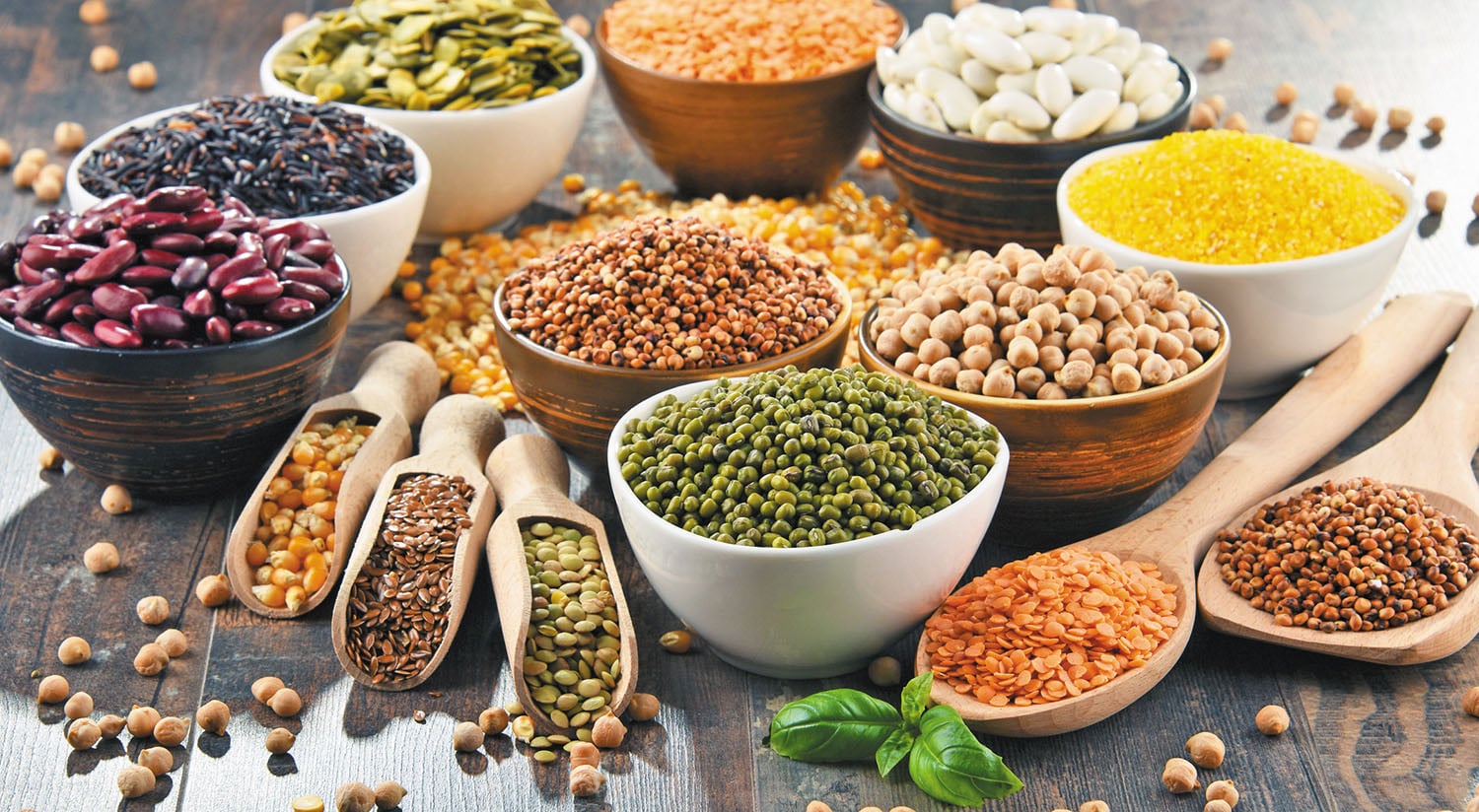
Another excellent entry in our Iron-rich foods is legumes. Common types are beans, chickpeas, peas, and lentils. Legumes are not only a source of iron but are also loaded with other nutrients such as potassium, folate and magnesium.
Beans like white beans, black beans, and kidney beans are excellent sources of iron. A half-cup serving of cooked black beans provides 1.8mg of iron, which is 10% of the daily value. In fact, one cup(198 grams) of cooked lentils contains 6.6mg, which is 37% of the daily value.
Studies have also shown that legumes can help in the reduction of inflammation, especially in people who have diabetes. It also reduces the rate of heart disease for people with metabolic syndrome.
Conclusively, legumes are a high fiber diet and can aid weight loss. In order to maximize the absorption of iron, it is necessary to take legumes with foods rich in vitamin C, such as citrus fruits and tomatoes.
Red meat
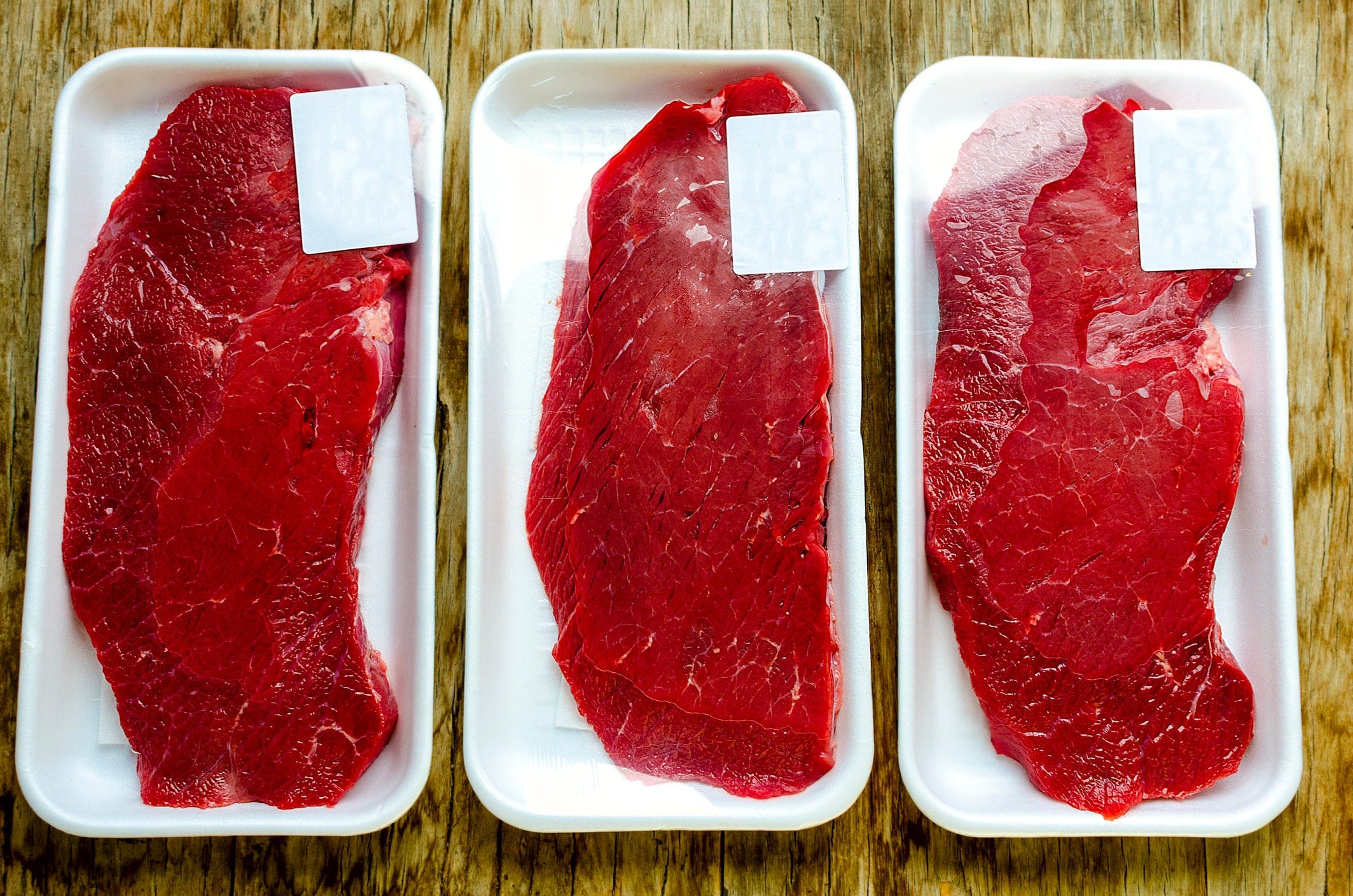
Red meat is satisfying and also highly nutritious. Meat is a rich source of protein, selenium, zinc, and a number of B vitamins.
Research has it that people who consume meat, fish, and poultry regularly have lower chances of having iron deficiency. Red meat is the most accessible source of heme iron, making it an essential food for people suffering from anemia.
A study has shown that 3.5 ounces (100 gram)serving of ground beef contains 2.7 mg of iron, equivalent to 15% of the daily value.
Research also suggests that women who consume red meat are likely to have more iron than those who take iron supplements.
Pumpkin seeds
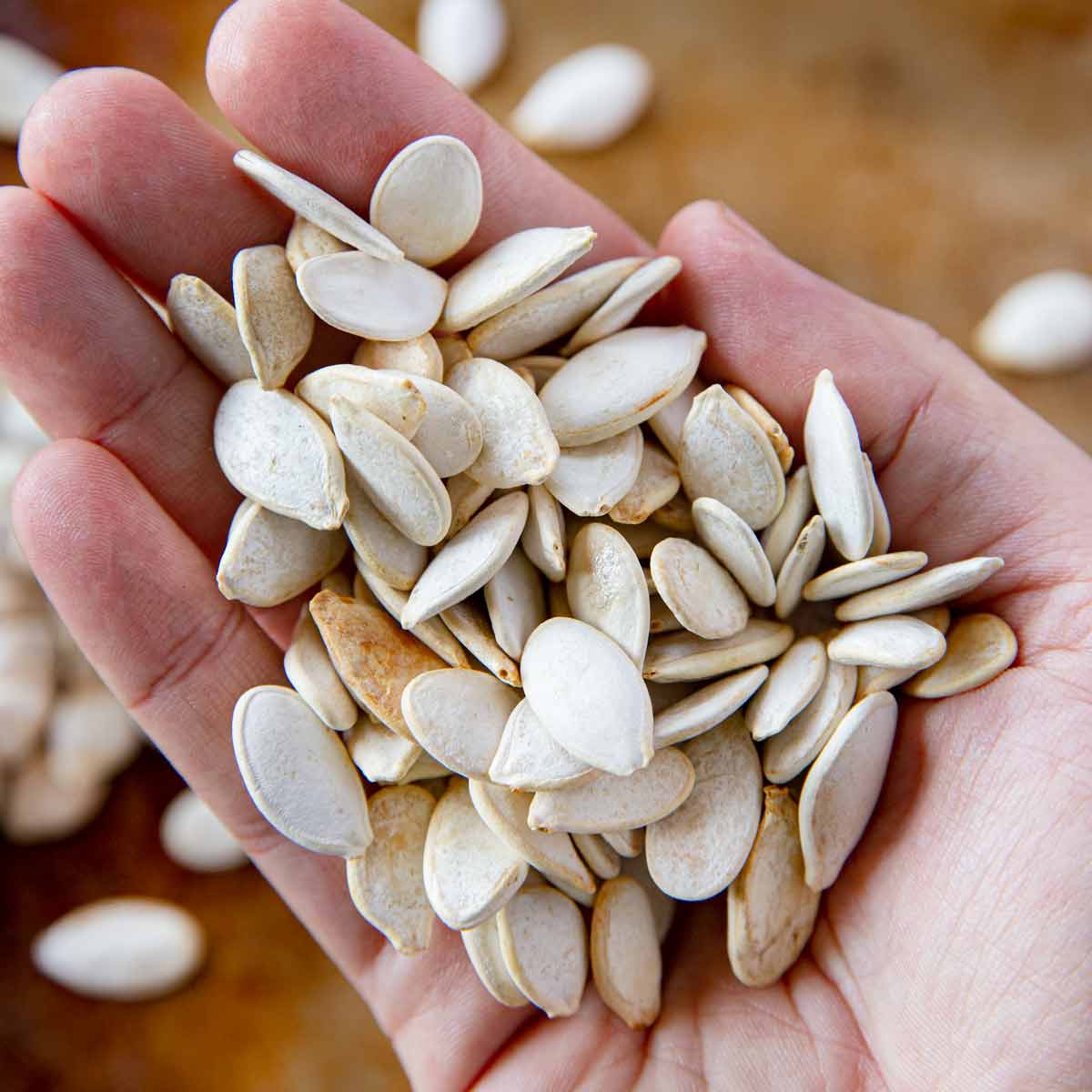
Pumpkin seeds are considered to be a tasty and nutritious snack. Pumpkin seeds are loaded with essential minerals, including zinc, manganese, and vitamin K. They are one of the best sources of magnesium of which people are not aware of.
One ounce (28 gram) per serving of pumpkin seed provides 2.5 mg of iron, which is 14% of the daily value, earning it a spot in our list of Iron-rich foods.
What’s more, pumpkin seeds provide 40% of the daily value for magnesium, which helps in reducing the risk of insulin resistance, depression, and diabetes.
Quinoa
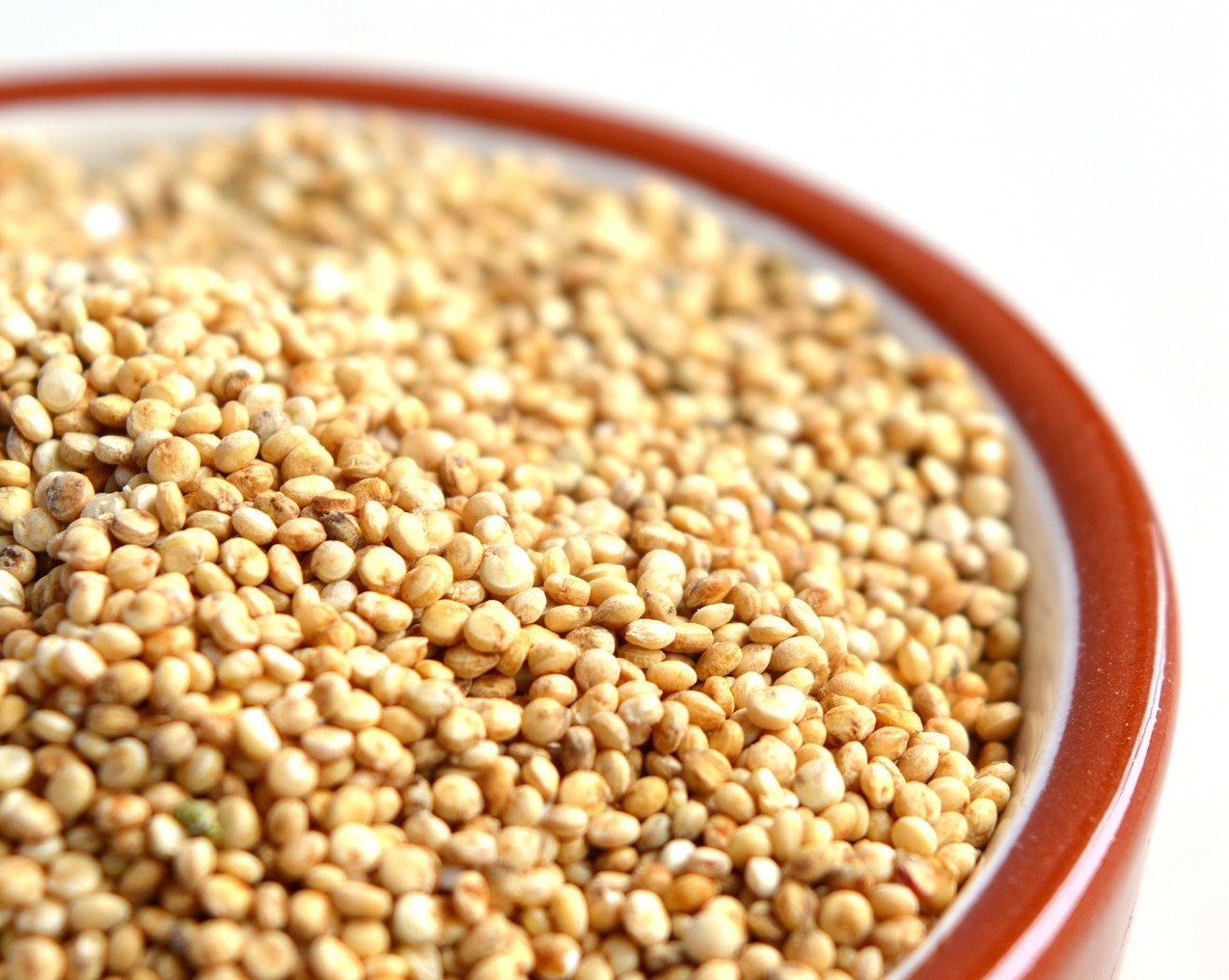
Quinoa is a pseudocereal, it is gluten-free and a good choice for people who have celiac disease or any kind of gluten allergy.
Furthermore, quinoa is a high source of protein, unlike other grains. It is also highly rich in copper, magnesium, manganese, folate, and many other nutrients.
One cup of cooked quinoa contains 2.8mg of iron, which is 16% of the daily value.
Unlike many other grains, quinoa contains more antioxidants that help protect the cells from the damage of free radicals formed during metabolism.
Turkey

Asides from being a healthy and tasty food, turkey meat is also a good source of iron, dark turkey meat in particular.
Dark turkey meat has a whopping 28 grams of protein per serving and a host of B vitamins and minerals, as well as 32% of the daily value for zinc and 57% daily value for selenium.
A 3.5 ounce (100 gram) serving of dark turkey meat contains 1.4mg of iron, which is 8% of the recommended daily intake.
High consumption of protein foods such as turkey may help reduce weight, makes you feel full, increases your metabolism, and prevents muscle loss.
Broccoli
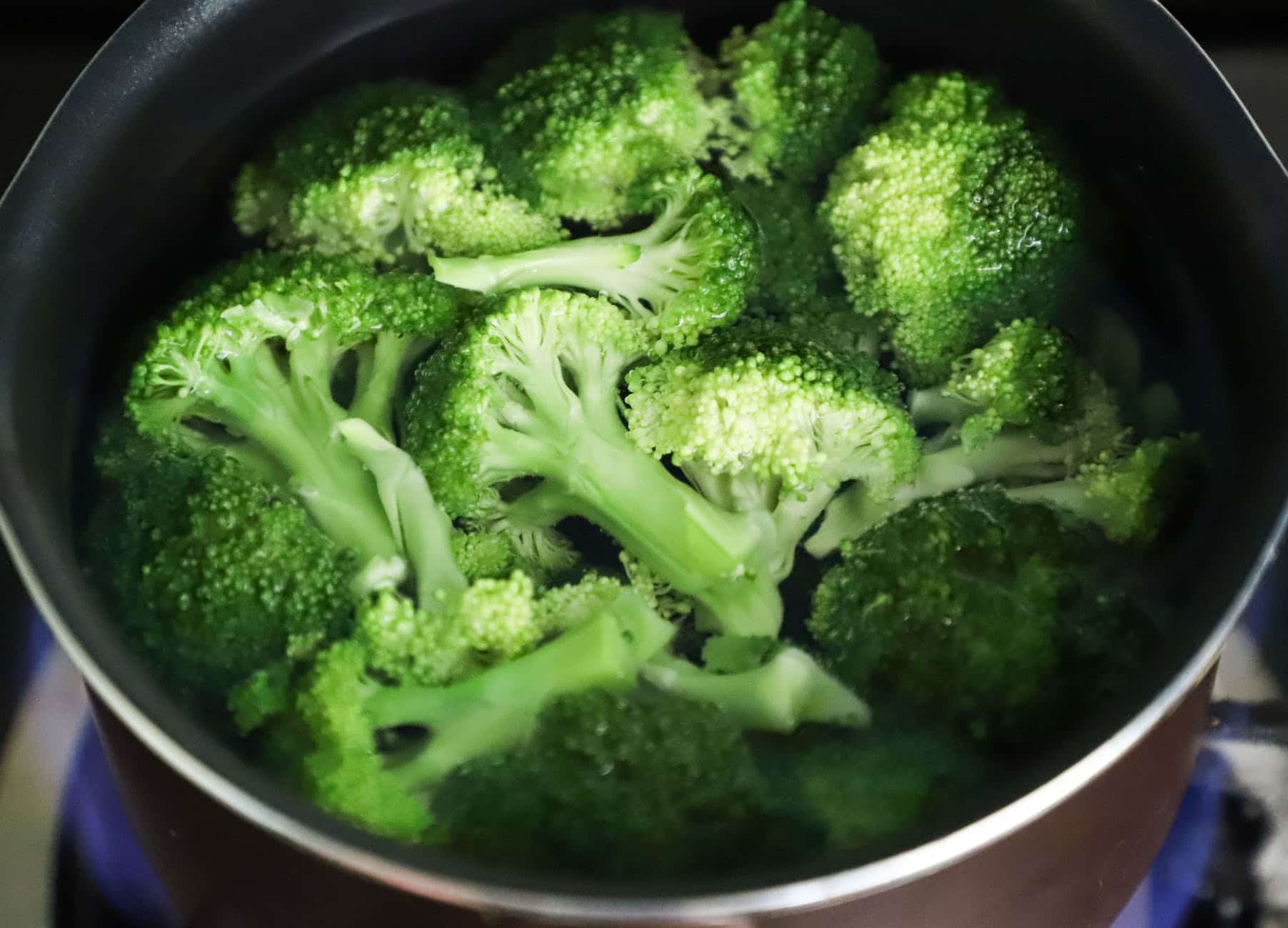
Broccoli is a member of the cruciferous family, and vegetables such as kale, cauliflower, cabbage, and brussel sprout fall under this category.
Incredibly, a 1-cup (156-gram) serving of cooked broccoli contains 1 mg of iron, which is 6% of the daily value. This serving size also contains 112% of the daily value for vitamin C, which helps with easier absorption of the iron.
Cruciferous vegetables are also high in folate and consist of compounds such as sulforaphane, indole, and glucosinolates, all of which helps to protect against cancer.
Dark chocolate
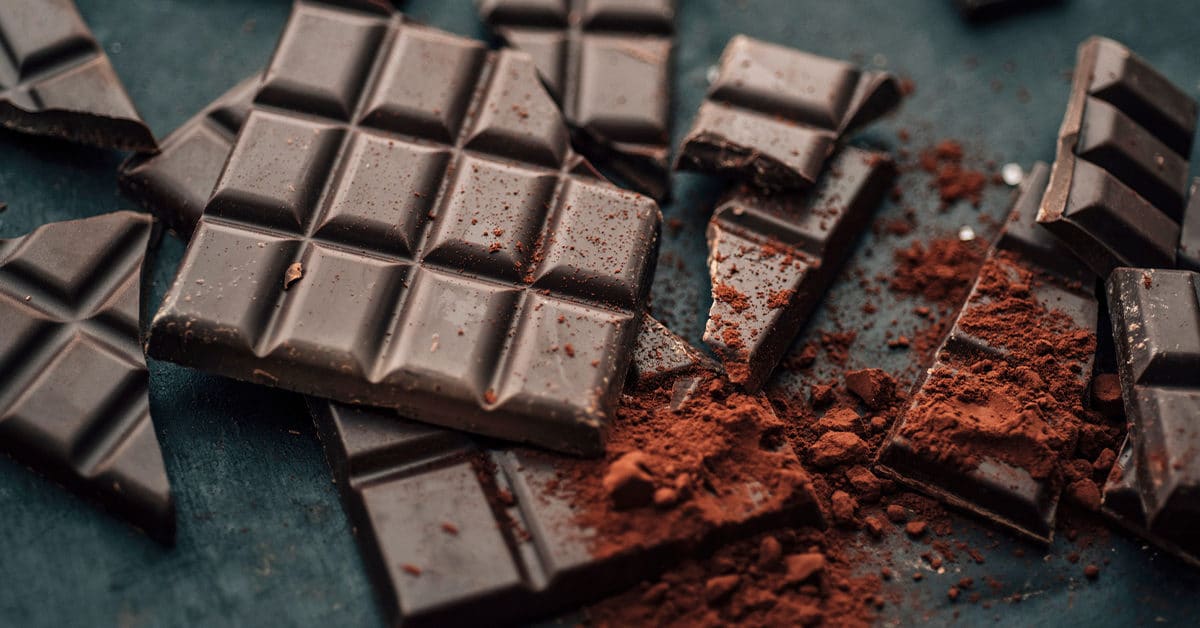
Dark chocolate is very delicious and nutritious. It contains prebiotic fiber that nourishes the friendly bacteria in the guts.
One ounce (28 gram) of dark chocolate provides 3.4mg of iron, which is 19% of the required intake value and also contains 56% and 15% of daily values for copper and magnesium, respectively.
A study found that there is a higher presence of antioxidant activity in both cocoa powder and dark chocolate than powders and juices made from blueberries and acai berries.
Another study has also shown that dark chocolate has a lot of beneficial effects, especially on cholesterol, and may reduce the risk of heart attacks and strokes.
However, not every chocolate is made with equal contents or ingredients. It has been shown that compounds called flavanols are what enhances the chocolate’s benefits, and the flavanol content of dark chocolate is much higher when compared to milk chocolate.
To get the most amount of iron from dark chocolates, it is advisable to consume chocolate with about 70% cocoa content.
Fish
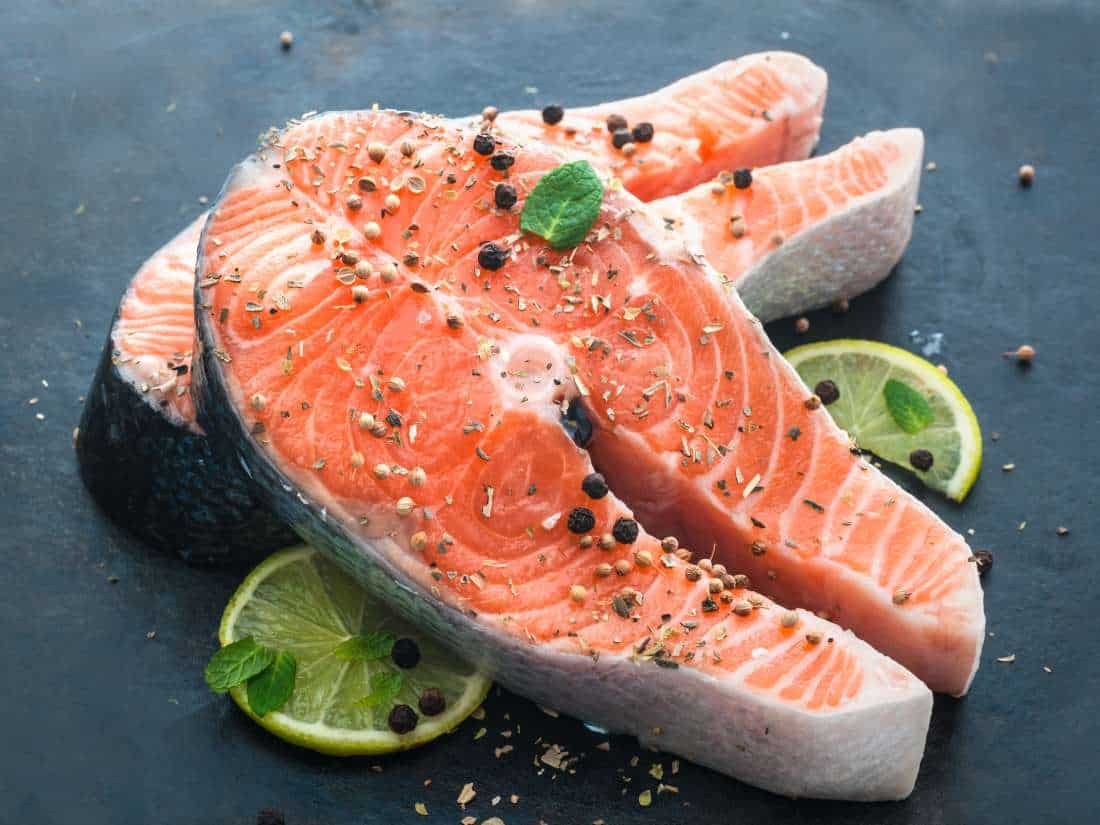
Fish is highly nutritious, and certain varieties like tuna are exceptionally high in iron. Fish contains omega-3 fatty acids which are healthy fat for the heart and has a lot of benefits.
Fish also contains other nutrients such as selenium, niacin, and vitamin B12. The presence of Omega-3 fatty acid helps improve immune function, support healthy growth and development, and also enhance brain health.
A 3 ounce (85 grams) per serving of tuna provides about 1.4mg of iron, which is equivalent to 8% of the daily value.
Asides tuna, haddock, mackerel, salmon, and sardines, there are also a few other examples of iron-rich fish that you can also incorporate into your diet.
Nuts
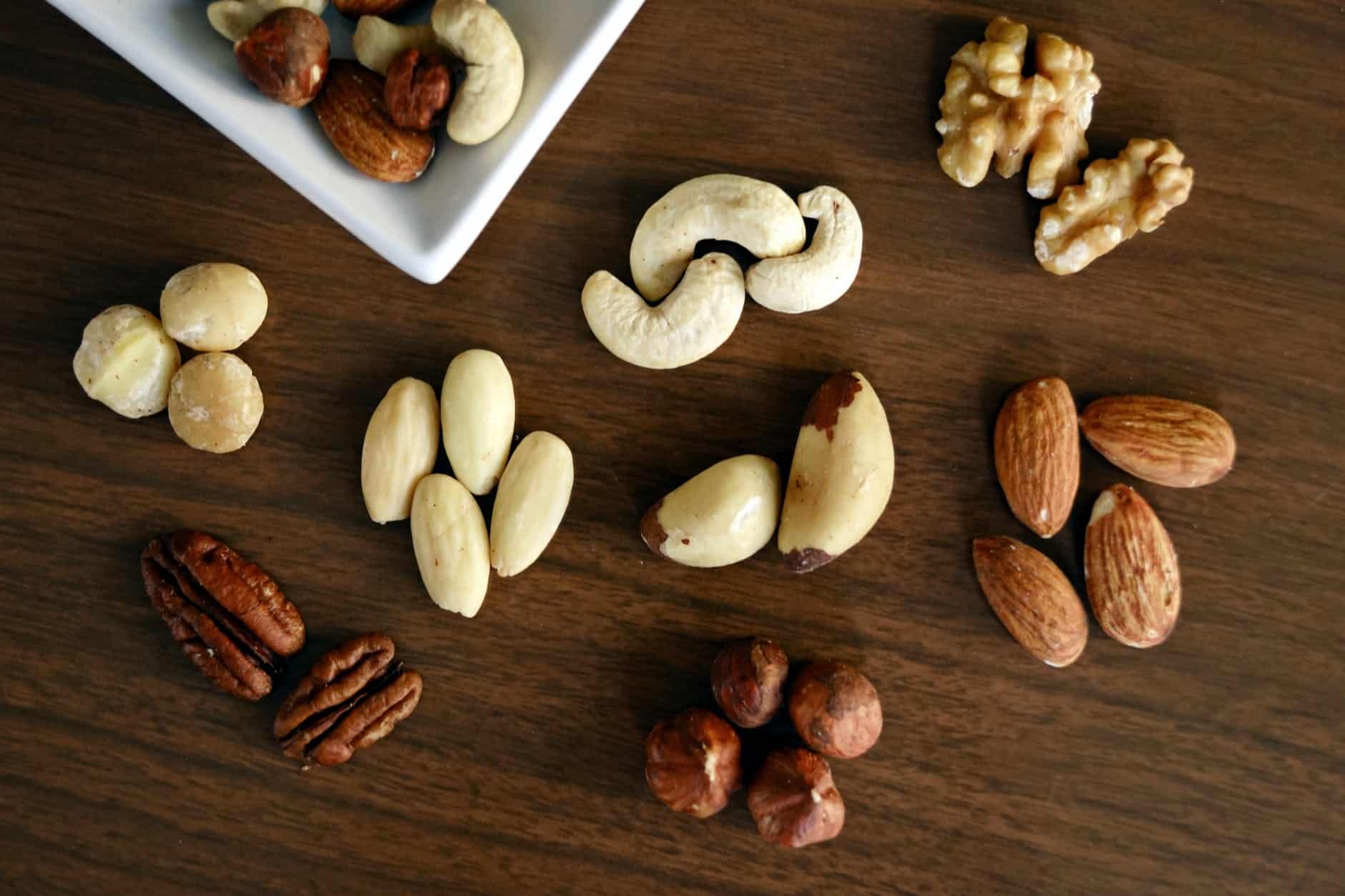
Nuts are a rich source of iron, especially almonds and cashew nuts. They are also rich in vitamin E, which improves skin condition and appearance.
Almonds are high in fiber, and they contain antioxidants that help protect cells from inflammation.
A 30 gram serving of cashew nuts provides 2mg of iron. Women and men are required to meet the daily intake value by consuming 14.8mg and 8.7mg, respectively.
Dried Apricots
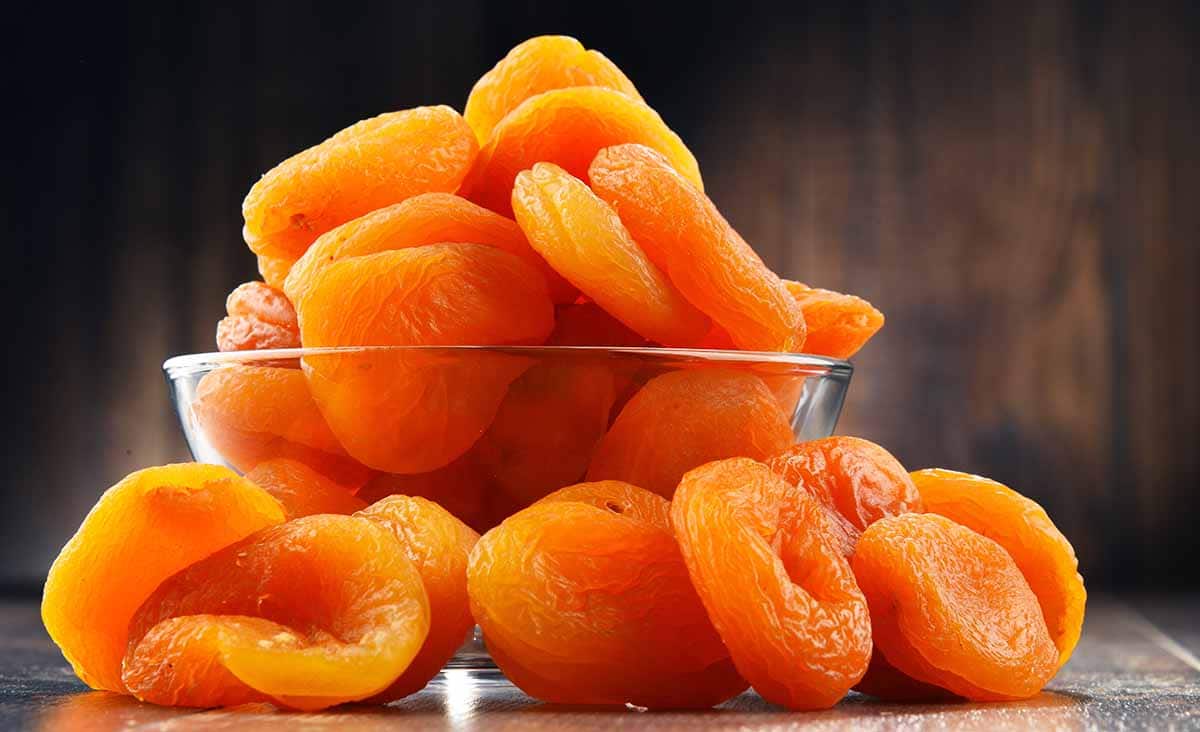
Dried apricots are also rich in iron and contain a lot of fiber, vitamins, minerals, and of course, antioxidants.
A half-cup of dried apricots provides 4.1mg of iron. It also makes for an ideal snack.
Although dried apricots are high in calories and sugar, it can still be enjoyed in moderation to avoid weight gain.
Baked Potatoes
Baked potatoes are a source of iron, carbohydrates, vitamin C, dietary fiber, potassium and a host of other nutrients.
Baked potatoes can be topped with cottage cheese or beans and served with vegetables and salad. It is a staple food that comes with a whole lot of health benefits.
The bottom line
Iron is an essential mineral that must be consumed regularly as your body cannot produce it on its own. Your body needs iron to produce healthy red blood cells that help circulate oxygen from the lungs to all the tissues in the body.
Iron absorption can also be lowered by antacid use or a diet high in fiber. It is worthy to note that some people need to limit their consumption of red meat and other foods high in heme iron, although most people find it easy to regulate the amount they absorb from food.
Note that if you don’t eat meat or fish, you can enhance absorption by including a source of vitamin C such as citrus fruits and tomatoes when eating plant sources of iron.



